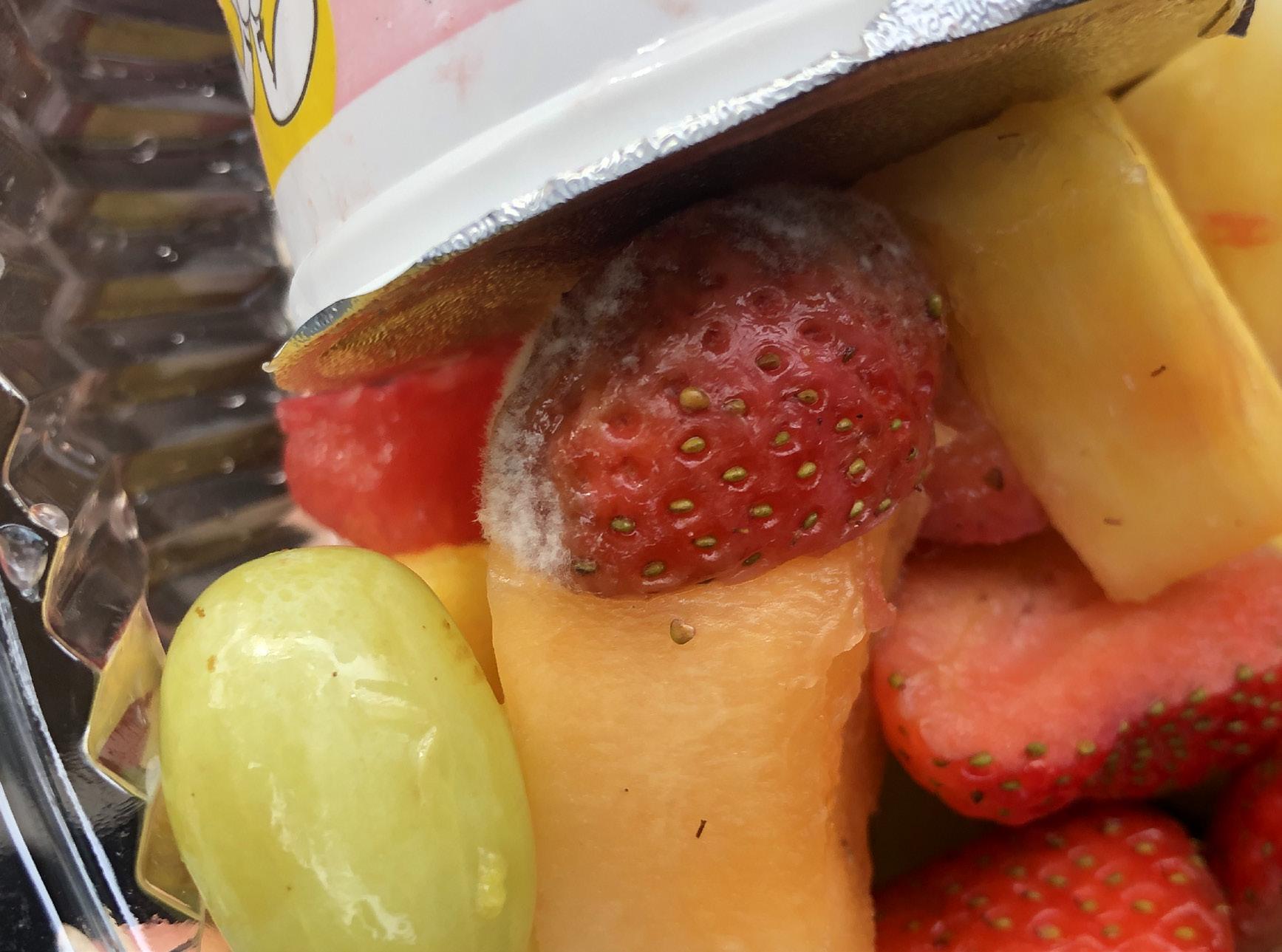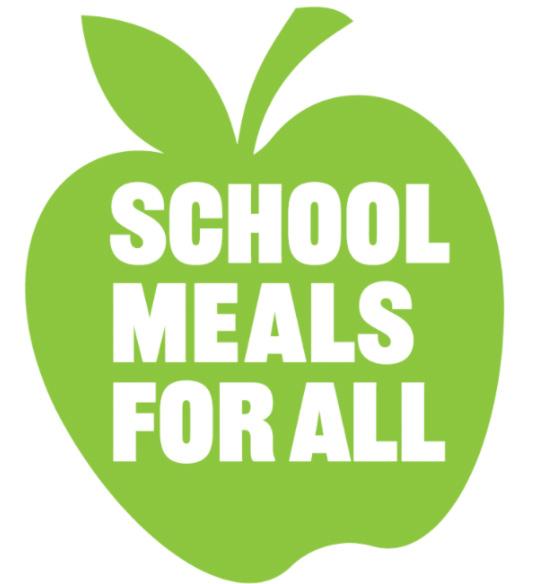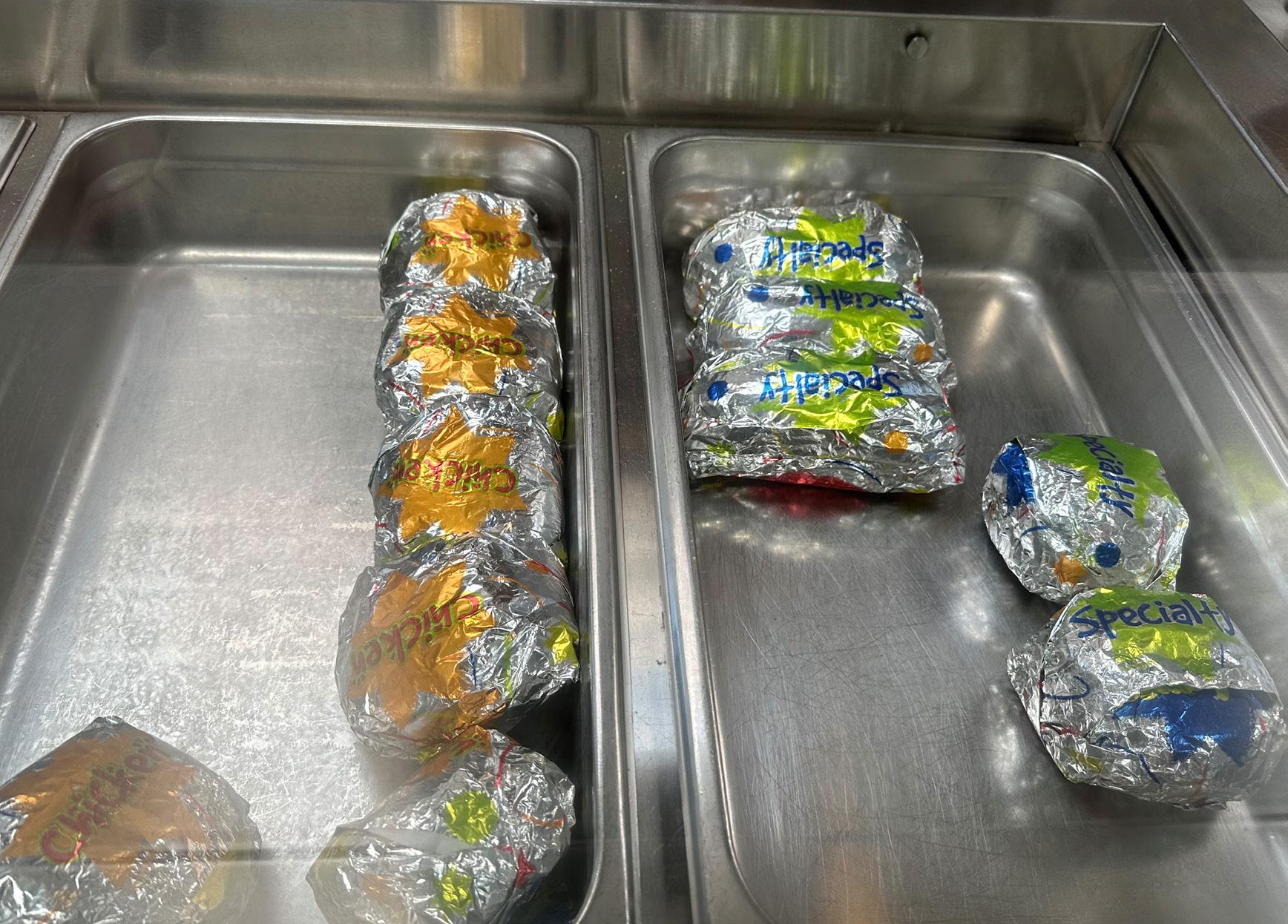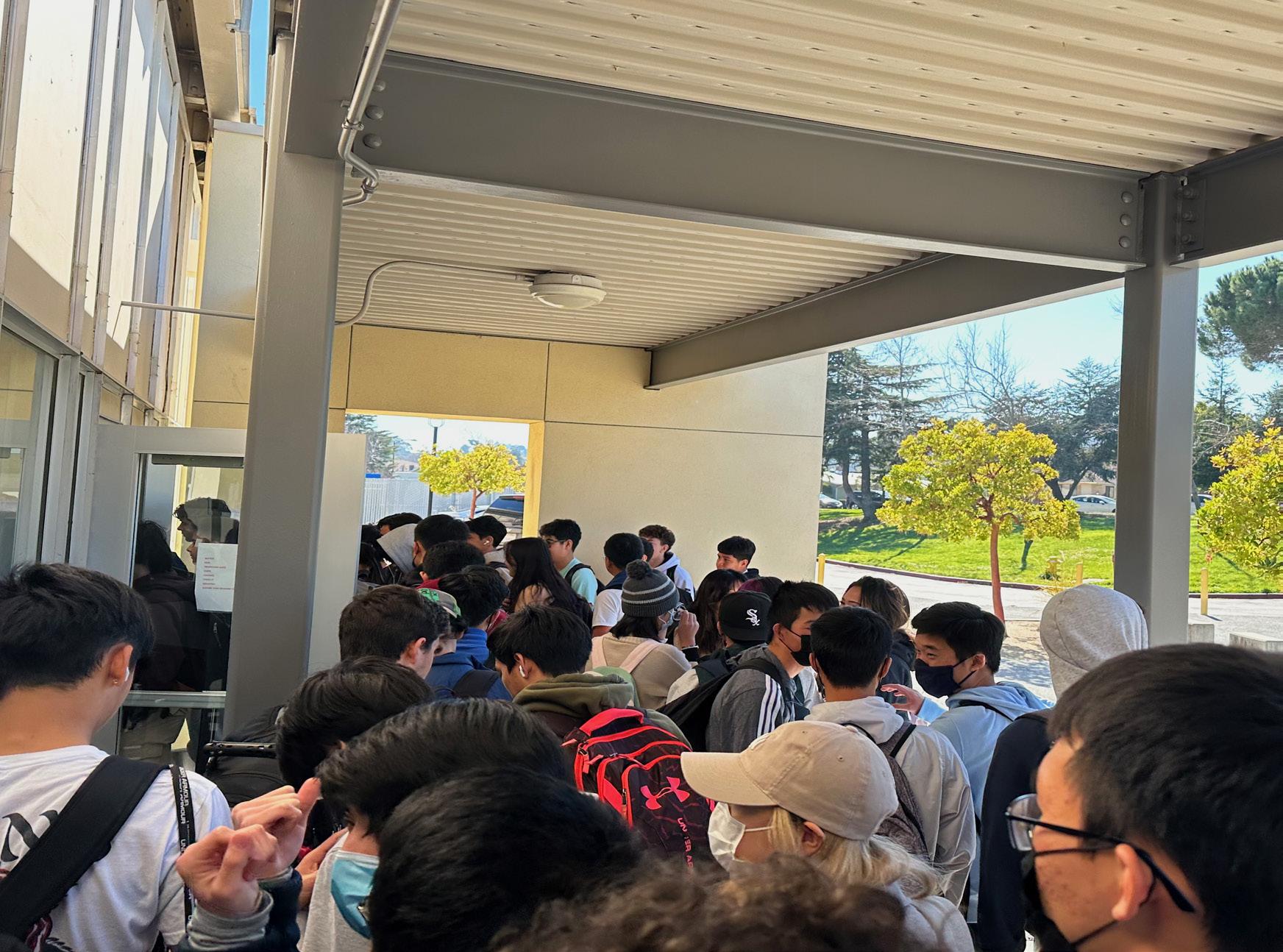
4 minute read
The Trouble with our School Lunch System
Michael Lin Staff WritEr
Ahealthy body is a healthymind, and a healthy mind encourages better performance in daily tasks. Since the fall of 2020, California has required its schools to provide free lunches in order to support students from low income families to survive in the face of food insecurity. However, the cafeteria at Mills High School lacks the means to prepare healthy, desirable lunches for all students to eat.
Advertisement
After three long hours of challenging schoolwork, students crave food and the companionship of their fellow classmates. Seniors might want to be saved by the bell and leave school, while other students may ponder on what to eat instead of what questions they should be working on. Brendon Phimsoutham (12), a senior at Mills, comments, “Oh it’s great, it takes a lot off my shoulders, so that I can eat in the comfort of my own home, instead of waiting for my next class” . He equates the lunch line to a battlefeld which he is exempt from facing due to his shorter schedule at school. But alas, some could wait for the entire lunch period and receive little more than snacks by the time he or she reaches the counter. The wait for a ringing bell as stated earlier is a painstaking exercise of patience. “They only gave me tater tots because they ran out of other options” According to Daniel Gao (12) a senior at Mills High School, he faces the disadvantages of not only a long line, but also the distance from his class to the lines as well as the clustered mass of students that awaits him when he fnally arrives at the line itself. but watch classmates and friends with better lunch and weep internally as they gorged themselves. When it comes to school lunch, there is much room for improvement. Last Fall, the Los Angeles Unifed School District announced a new menu that includes egg white breakfast wraps, vegetarian ramen, gumbo, glazed carrots organic cheeseburgers, kung pao chicken with honey glaze and brown rice and broccoli, cinnamon rolls, ramen bowls, smoothies, and yogurt and fruit breakfast bowls. The superintendent in Los Angeles claims Federal and State fundings are paying for these delicacies. Taking into consideration that the San Mateo Union High School district is one
High School website, they featured many prior options to purchase lunches. For one, parents could pre-pay online, so that their child can have food credits to use during lunch time. When they scanned their ID cards, money for the lunch would come out of their credits. Students could also opt to provide proof of low income status, which would guarantee them free lunch.
What had formerly been short lines during pre-COVID-19 years, Mills lunch lines can now be characterized by bustling students, chaotic lines, and large swarms of people.
Furthermore, another issue that some students face come with the struggle of holding a spot in the tedious line that will eventually direct them towards the food. “I like going to the cafeteria because they have a larger selection of food, but I get there too slow and the line is like 100 people, and I have to resort to the snack bag that no one wants”, states Jeremy Pan (12) who has been a long time patron of school lunch, and even in his current position as a senior, is not immune to the fate of consuming scooby snacks in a dark isolated corner. “I got a cheeseburger; the bread was hard as a rock, the patty was dry, and the cheese looked like plastic stuck on a tin foil, and I had to wash it down with water.” The moment Hanson Han (12) found his place in the cafeteria counter, all that remained was unsatisfactory leftovers. And while he ate his burger, Hanson could do nothing of the wealthiest in the country, why is our menu still so dismal?
True, this Michelin-inspired menu was created to cater to low-income students, but how can that differentiation be made in the line for school lunch? The truth is that everyone-- rich or poor-- ends up short in the line of the cafeteria. The sun shines equally on all the hungry ones.
Congressional Democrats in Washington D.C. had been previously aiming to expanding free lunch programs with a bill titled “Healthy Meals, Healthy Kids Act,” which aimed to partner schools with farms that can serve or provide fresh produce. Unfortunately, this bill did not pass.

However, what can be hoped for is the possibility of potential changes made to the school lunch systems so that more equity can be ensured for students who face struggles in getting the lunches they desire.

Prior to the COVID-19 era, the reason why lunch lines had ben drastically shorter, were because they had not been free for all students. When visiting the San Mateo Union to choose from are pictured.

Nowadays, however, with the reality of free lunch and the consequent impact of a larger amount of students, some students, including those who work at the cafeteria, provide some optimistic suggestions for navigating the current lunch time system. “It’s defnetely not as fancy as the lunches we can see on TikTok in Korea or Japan, but it’s not that bad. Pizza is defnitely the safest option, in my opinion. And, there are a variety of options to suit your taste buds”, stated Natalie Yeung (12). Without being critical about the quality of school lunches, Natalie suggested a neutral, yet rather pragmatic description of food quality.
Overall, at Mills, having the precense of free lunches within our school and district have been defnite positives. However, this doesn’t mean that the drawbacks to our current system have not been affecting students negatively. Long lunch lines, limited food choices, and sometimes lack-luster quality have been known to cause grumbles within students who wish to both eat a lunch that is nutricious and delicious.









